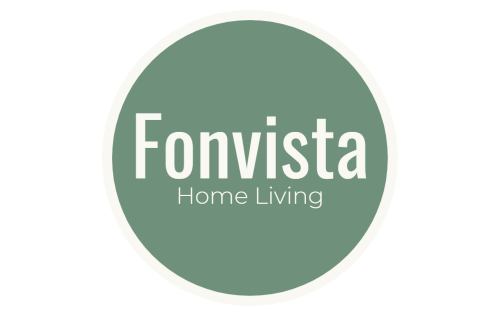The Difference Between Disinfecting, Sanitizing, and Cleaning
Introduction
In the current world of COVID-19 pandemics and other illnesses, keeping our homes and workplaces clean and sanitized has become a top priority. However, with so much information available, it can be confusing to know the difference between disinfecting, sanitizing, and cleaning. This article aims to clarify this confusion.
Disinfecting
Disinfecting is the process of killing or eliminating disease-causing microorganisms from surfaces and objects. The goal of disinfecting is to reduce the number of pathogens to a level that they are no longer capable of causing infections. Common disinfectants include bleach, alcohol, and hydrogen peroxide. It is important to note that disinfecting does not necessarily remove dirt or grime, only germs and bacteria.
Sanitizing
Sanitizing is the process of reducing the number of bacteria and other harmful microorganisms on surfaces to safe levels, as determined by public health codes. The difference between sanitizing and disinfecting is that sanitizing reduces the number of germs to a level considered safe, while disinfecting eliminates as many germs as possible. Sanitizing is often done using chemicals such as quaternary ammonium compounds or solutions containing alcohol.
Cleaning
Cleaning is the process of removing dirt, grime, and other impurities from surfaces and objects. Cleaning is typically done using soap and water, but there are other cleaning agents available as well. It is important to note that cleaning does not necessarily kill germs or bacteria, it only removes them. Cleaning is an important first step in the process of disinfecting or sanitizing, as it removes dirt and grime which can interfere with the effectiveness of these processes.
Conclusion
In conclusion, disinfecting, sanitizing, and cleaning are all important processes for maintaining a clean, healthy environment. Understanding the difference between each process will help you to make informed decisions about how to keep your home or workplace clean and safe. Remember, cleaning is the first step, followed by sanitizing, and finally disinfecting for the ultimate protection against germs and bacteria.
It is crucial to follow the instructions on disinfectant and sanitizer products, as well as to use them properly, to ensure maximum effectiveness. Regular cleaning and sanitizing are also important to maintain ongoing protection against germs and bacteria. Stay safe and healthy!
Disinfecting vs Sanitizing vs Cleaning: What’s the difference?
At a high level, disinfecting and sanitizing are similar in that they both aim to reduce the number of germs on surfaces and objects. However, there are some key differences between these two processes that are important to understand.
Disinfecting is a more thorough process than sanitizing, as it eliminates as many germs as possible. On the other hand, sanitizing reduces the number of germs to a safe level, as determined by public health codes. Cleaning, on the other hand, removes dirt and grime from surfaces and objects, but does not necessarily kill germs or bacteria.
It is also important to note that cleaning should always be done before disinfecting or sanitizing. This is because dirt and grime can interfere with the effectiveness of disinfectants and sanitizers. For example, if you try to disinfect a surface that is covered in dirt and grime, the disinfectant may not be able to penetrate the dirt and grime to effectively kill the germs underneath.
When to Use Disinfecting, Sanitizing, and Cleaning
Disinfecting should be used when there is a risk of exposure to harmful microorganisms, such as during a pandemic like COVID-19. It is also important to disinfect surfaces and objects that come into contact with bodily fluids, such as toilets and bedpans. Sanitizing should be used in food preparation areas and on food contact surfaces, as well as in public restrooms and other areas where the risk of exposure to harmful microorganisms is higher.
Cleaning should be done regularly to maintain a clean and healthy environment. This includes cleaning surfaces, floors, and objects, as well as washing hands and taking other hygiene precautions. Regular cleaning and sanitizing will help to reduce the risk of exposure to harmful microorganisms and keep you and your family healthy.
How to Disinfect, Sanitize, and Clean Safely and Effectively
It is important to follow the instructions on disinfectant and sanitizer products, as well as to use them properly, to ensure maximum effectiveness. The same goes for cleaning products. Use enough of the product to cover the surface or object you are cleaning, and allow it to sit for the recommended time before wiping it away.
Additionally, it is important to wear gloves and other protective gear when disinfecting or sanitizing, especially if you are using chemicals that are toxic or hazardous. This will help to reduce your risk of exposure to these chemicals and keep you safe.
In conclusion, disinfecting, sanitizing, and cleaning are all important processes for maintaining a clean and healthy environment. Understanding the difference between these processes, when to use each one, and how to use them safely and effectively will help you to keep your home or workplace clean, healthy, and safe.




